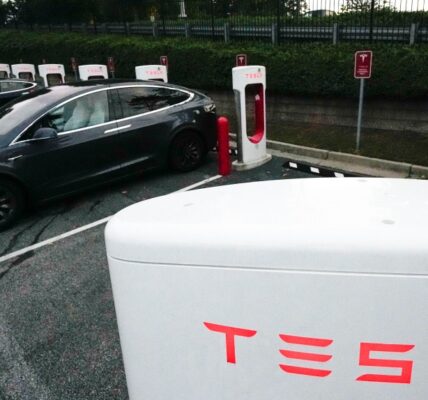Chinese EVs achieve greater emissions reductions over time due to improved efficiency and a greener power grid, states a study. While over 10% of Chinese car sales are now electric, the entire life cycle of EVs still generates carbon emissions. Shaojun Zhang and colleagues conducted comprehensive “cradle-to-grave” assessments of EVs in 2015 and 2020, covering fuel-cycle and material-cycle phases, and compiled life-cycle projections for 2030.
They considered factors such as electricity sources, vehicle fuel efficiency, key automotive metals, and battery technologies. In 2020, battery electric vehicles emitted around 40% fewer emissions throughout their life cycle compared to internal combustion engine vehicles, while in 2015, this difference was only 23%. This decline in emissions resulted from multiple factors but was primarily driven by improved operational efficiency.
Looking ahead to 2030, the authors predict that transitioning to nickel-cobalt-manganese batteries, combined with a cleaner electricity mix, could lead to a 53% emissions reduction throughout the entire life cycle of EVs compared to internal combustion vehicles. Regional variations add complexity; for instance, the northern regions of China rely more on coal for electricity production than other areas. Nonetheless, the authors assert that even in the North, EVs can deliver significant emissions reduction benefits.







